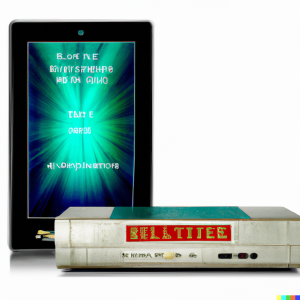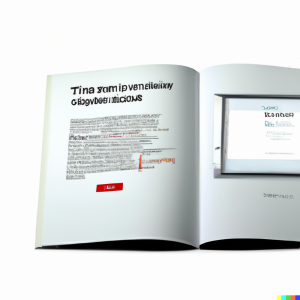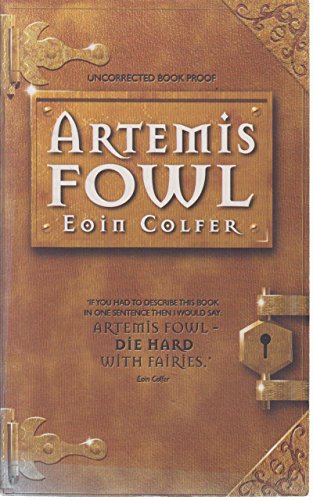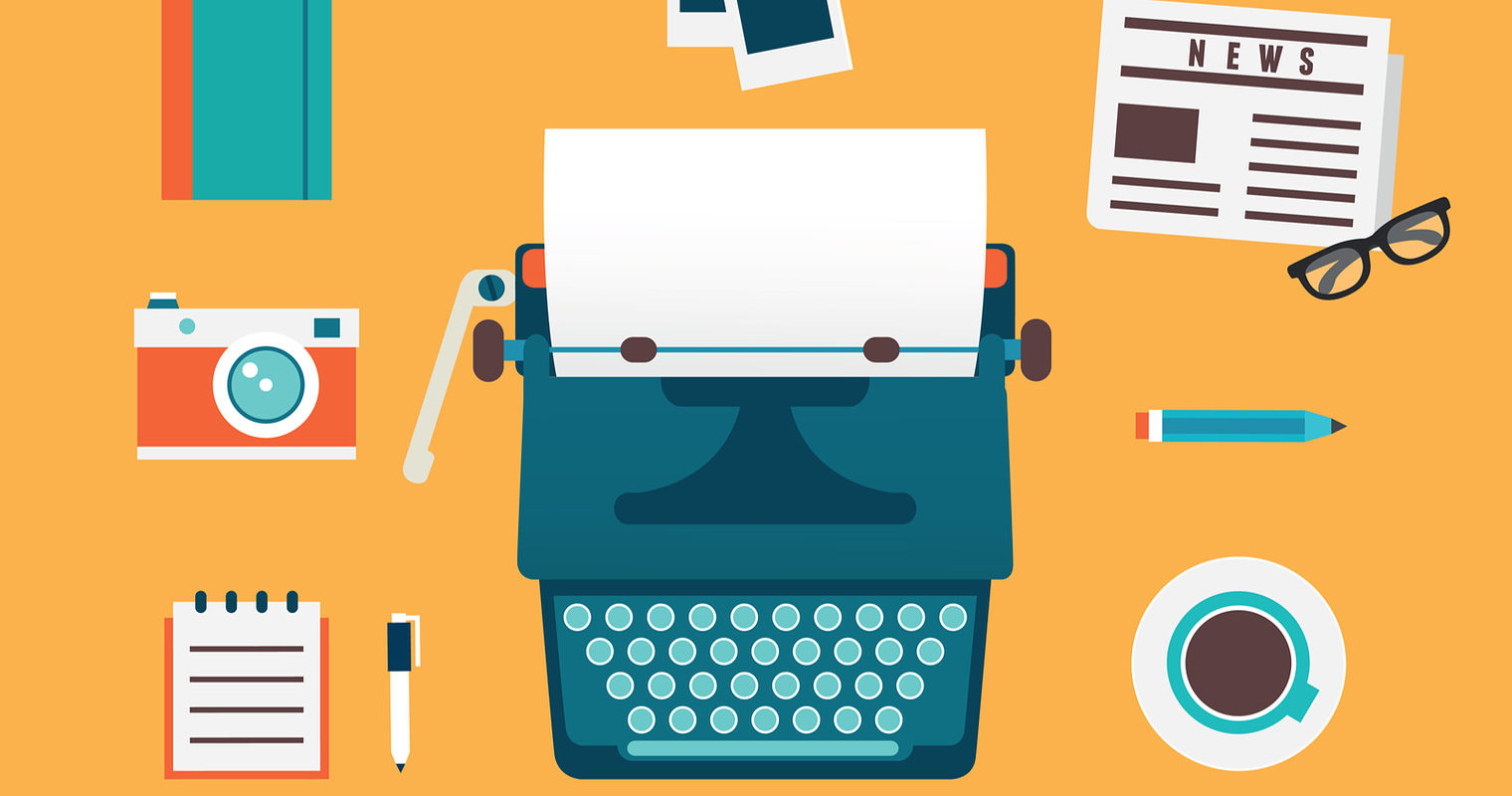
(9/19/53) TODAY on Old Terra archaeological excavations by Micro-Zon Consolidated Holdings Ltd. experts hit paydirt, figuratively speaking. Beneath a massive stone edifice that was thought to contain pre-Unification gold reserves, Micro-Zon CH Ltd. archaeologists discovered something arguably more interesting! Remember the old saying “a screenshot is worth a thousand texts”, well what our experts found are worth millions of screenshots!
Available now in limited quantities are “Books” from before the waters rose! Well preserved within the ancient structure once known as a “Library”, no not where your Micro-Zon CH Ltd. purchases are stored, but a whole building just for these books. Of course it has been 30 long years since the surface of Old Terra was rendered uninhabitable in the Big Mistake and the Exodus began. The need for this ancient style of book disappeared with the advent of Micro-Zon CH Ltd. FireStarter. However these ancient artifacts are sure to astound and delight both history and language enthusiasts alike!
So, what are books? Well we are all familiar with the Micro-Zon CH Ltd. FireStarter, a lightweight metamaterial tablet used for all purposes. The Micro-Zon CH Ltd. FireStarter can be used to watch the latest Micro-Zon CH Ltd. movies and shows, listen to the hottest new music, browse the Net, as well as support for all Micro-Zon CH Ltd. Creative Suite products to unleash your creativity! It seems like the FireStarter does it all, so what do books do?
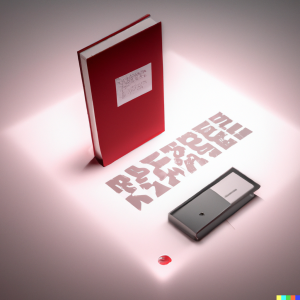
One of the recovered artifacts from Old New York is a history of all things about books, appropriately titled The Book by Amaranth Borsuk. The simplest description of a book in The Book is “a stack of paper sheets, bound on one end, and encased between covers” (X). And while a book certainly doesn’t have Fast and the Furious XLVII 2 in full QZHD quality like the Micro-Zon CH Ltd. FireStarter, the book won’t need more batteries. In fact even as far back as 30 years ago they had something like the FireStarter, described by The Book as “flat, lightweight screens that can show us any volume in a whole library of texts” (X). While that’s not quite what we would use it for, they’ve got the spirit!
This begs the question: “What do you use a book for, then?” Back in the dark days before Micro-Zon CH Ltd. introduced Sirlexa to read to us, a person had to physically hold one of these stacks of paper, a primitive electronic table, or wait for another human to record reading the story out loud and listen to that. Imagine that, you would have to devote your full measure of attention to finicky little letters stuck to sheets or on a screen. This would, of course, render you unable to sort packages or respond to emails, which are core Micro-Zon CH Ltd. values. See: 1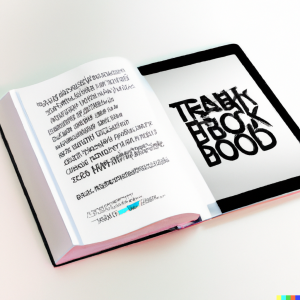
Alright so we know books are meant to be laboriously read. What kinds of things can you expect to find in a book? The Book describes that books contain not only text, but images, and occasionally textures and sounds (IX). Despite the limitations of the book they were wildly popular for hundreds of years before the Big Mistake. Books remain popular with a specific set of intellectuals and history enthusiasts who will bend your ear off about their virtues, ignoring the fact that books never change, they might as well be single use! In today’s world, who has time to manually read the same story more than once when instead you could watch Real Househusbands of Luna Prospekt?
Despite the drawbacks there are those who will extoll the virtues of the book. Proponents like Borsuk will say that books enable a “kind of private, meditative … experience” (53). Frankly, who has time for that anymore? Despite the projections, the Micro-Zon CH Ltd. family will likely be putting in overtime for the foreseeable future to hit our production goals. With the newest edition of Sirlexa, your Micro-Zon CH Ltd. FireStarter will read to you from one of dozens of titles in the company library, free of charge! There’s no need to settle for simple text, let Sirlexa generate the images to fill in the gaps in your head and bring your favorite scenes to life, just as the company designed.
With the wide range of choices from the company library you might wonder if you’d ever need more! According to The Book at one point there were 32,000,000 unique books in the world, with untold copies of each (223). Attempts were made to convert the books to digital versions but unfortunately the Corporate War of FY 2039 led to the digital versions being lost. Rumors persist that these versions exist on Micro-Zon CH Ltd. servers and are being deliberately withheld from consumption. This is patently false. See: 2
 The wide selection of titles available from the company library continues to expand through the efforts of emergent AI authors such as Micro-Zon CH Ltd.’s own Sirlexa. Experience the perfectly paced masterworks of nondeterministic fiction written, illustrated, narrated, and published by Micro-Zon CH Ltd. What the company refers to as “Single Source Publishing” is actually a strength and value because it provides a sense of cohesion and unity. The Book itself describes that the very act of publishing is “the true measure of ‘what makes a book, a book’” (241). Despite the concerns that some non-company critics have voiced, these stories are perfectly calibrated to accompany your workday to motivate you to a great outcome! See: 2
The wide selection of titles available from the company library continues to expand through the efforts of emergent AI authors such as Micro-Zon CH Ltd.’s own Sirlexa. Experience the perfectly paced masterworks of nondeterministic fiction written, illustrated, narrated, and published by Micro-Zon CH Ltd. What the company refers to as “Single Source Publishing” is actually a strength and value because it provides a sense of cohesion and unity. The Book itself describes that the very act of publishing is “the true measure of ‘what makes a book, a book’” (241). Despite the concerns that some non-company critics have voiced, these stories are perfectly calibrated to accompany your workday to motivate you to a great outcome! See: 2
The books offered for sale from the excavation vary widely in quality and content and despite their long nap they are just as ready to use as ever! If you don’t have time for a book or once you get bored, the global popularity of the FireStarter and the Net means your entertainment will never be out of reach. If you are concerned about the longevity of your FireStarter on a long tram ride back to the dormitories, consider buying a booster powerpack to make sure you don’t miss the final moments of the big SmashBall game! Worried about durability? Unlike a book that is ruined and can’t be fixed if it gets wet, the FireStarter can be protected under our Micro-Zon CH Ltd. replacement plan to get a new FireStarter in the event it is exposed to water, humidity, dust, or extreme temperatures.
One of the core Micro-Zon CH Ltd. value is that we remain on the forefront of innovation and technological advances. Because of our commitment to this value we are proud to begin offering a new line of products influenced by our latest discoveries. Micro-Zon CH Ltd. will begin offering physical versions of many of the titles in the company library. These will incorporate the latest technology also slated for release in the FireStarter 2. Experience being able to TOUCH the words of your favorite stories about Captain Bezos and little Clippy, SEE the action through the multimedia panes, HEAR the clang of swords and thrum of conveyor belts. All of this and more is made possible through novel applications of lightweight metamaterials enabling an experience similar to but radically different. Like the fun cousin of the static, turgid, stoic books excavated from the “Ew York Public Library”.
Archeology on Old Terra is always full of surprises. On one day, company experts might find the remains of the Great Pyramid and the other they find a load of old dusty books. Fortunately these books are of great value both to the culture of the human race and to Micro-Zon CH Ltd. so the efforts were not wasted this time. Hopefully this primer has encouraged you to set aside some of your wage packets for layaway on a book to take a few hours of vacation to read.
1. (Unstructured free time for leisure is not a Micro-Zon Consolidated Holdings Ltd. corporate value. As such the purchase of these books may be restricted for MZCH Ltd. employees or their families.)
2. (There has been a great deal of concern raised on our rival, BlackRock-GeneralDynamics’ public forums about the availability of movies, shows, music, and literature from non-Micro-Zon CH Ltd. sources for our employees’ consumption. While this no doubt comes from a place of genuine concern, we remind BR-GD representatives and employees that all Micro-Zon CH Ltd. employees are free to leave their housing spires and seek alternate employment at any time if they wish to consume other media. Further comments on this matter from either BR-GD or Micro-Zon CH Ltd. staff will result in a paralegal assault team being dispatched to their locations to deliver a De/Cease and Desist Letter regarding the matter.)
The whole point of this piece is a satire on the way that corporations expect employees to live their lives, how commodification of everything in the world is a toxic enterprise, and how the company will expect you to forget what they said yesterday and consume today, while exploring the affordances and future of the book in an increasingly weird world. If this is absolutely not what I was supposed to write, at least I had fun. ¯\_(ツ)_/¯
Borsuk, A. (2018). The book. The MIT Press.

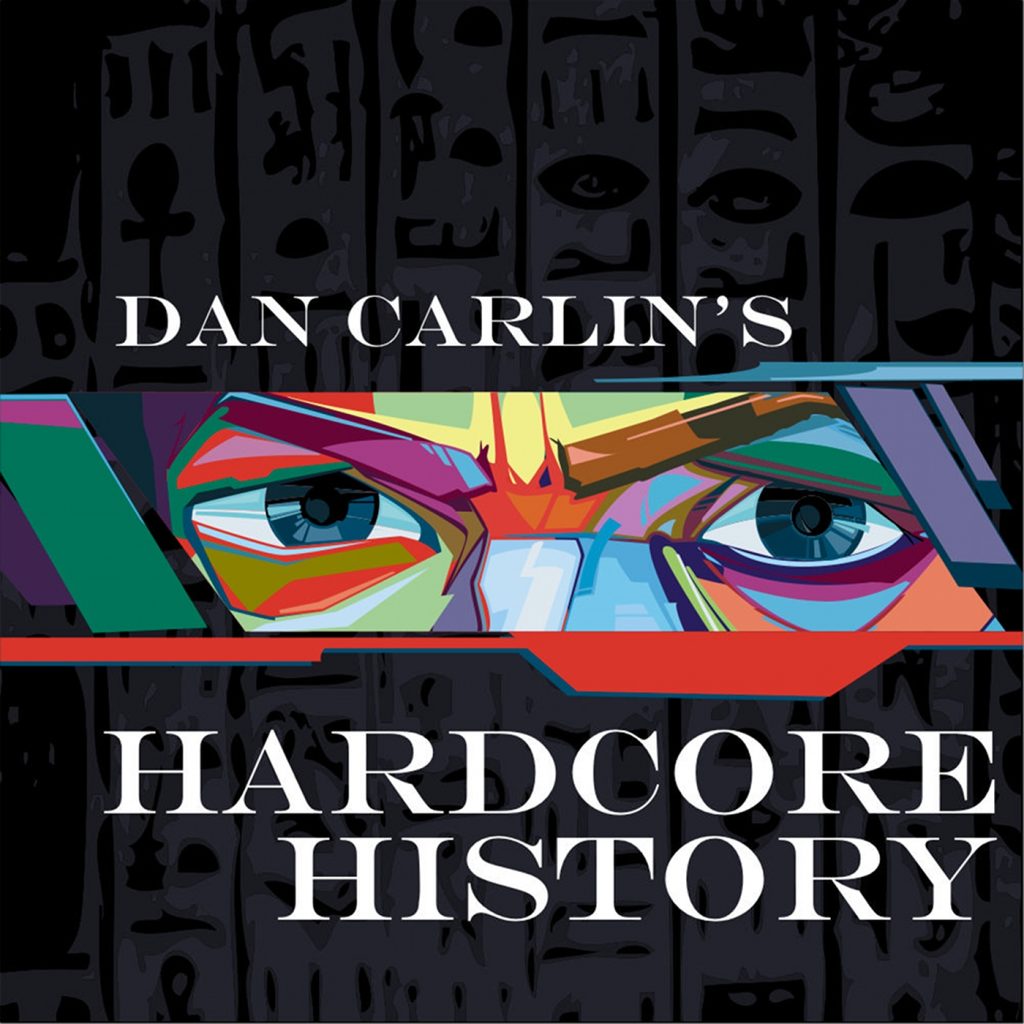
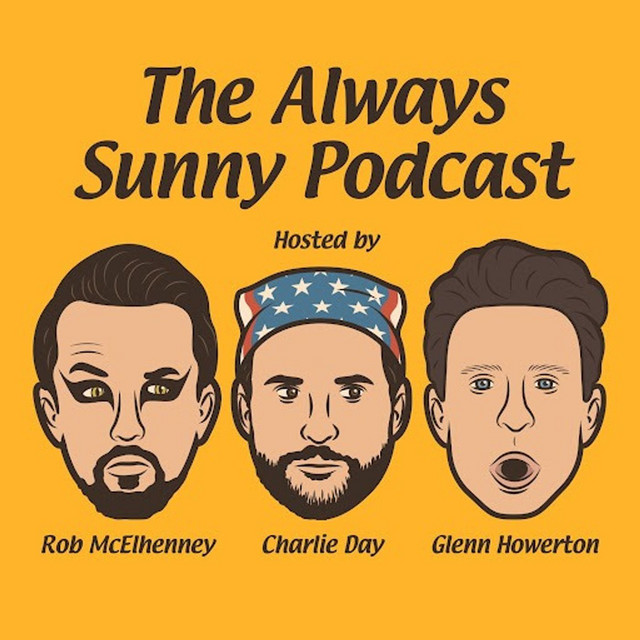
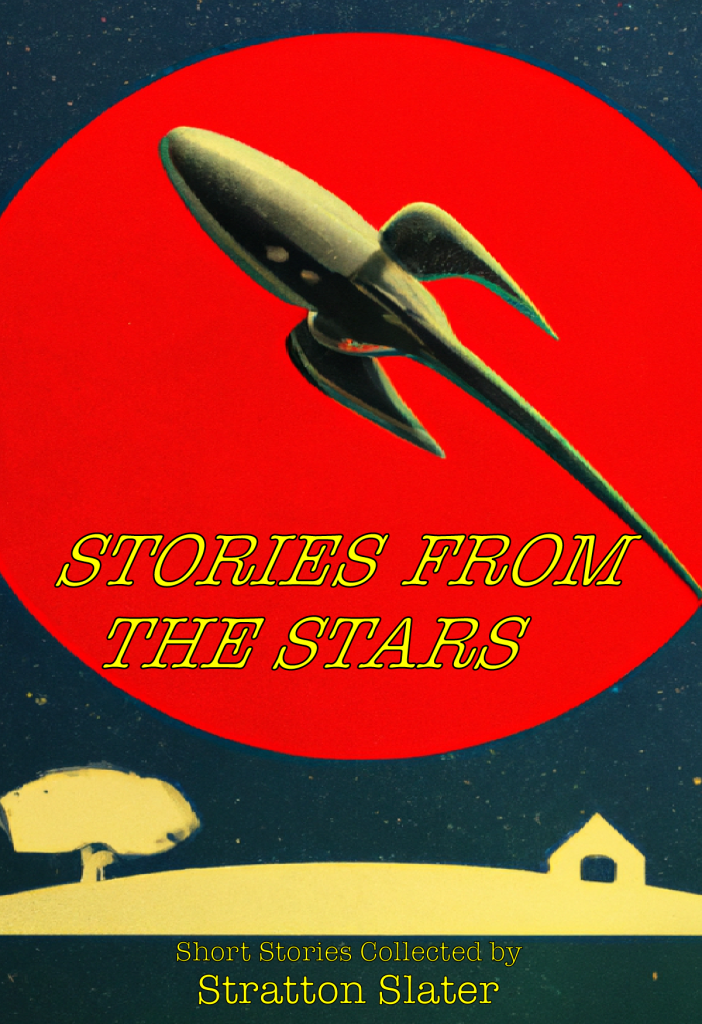

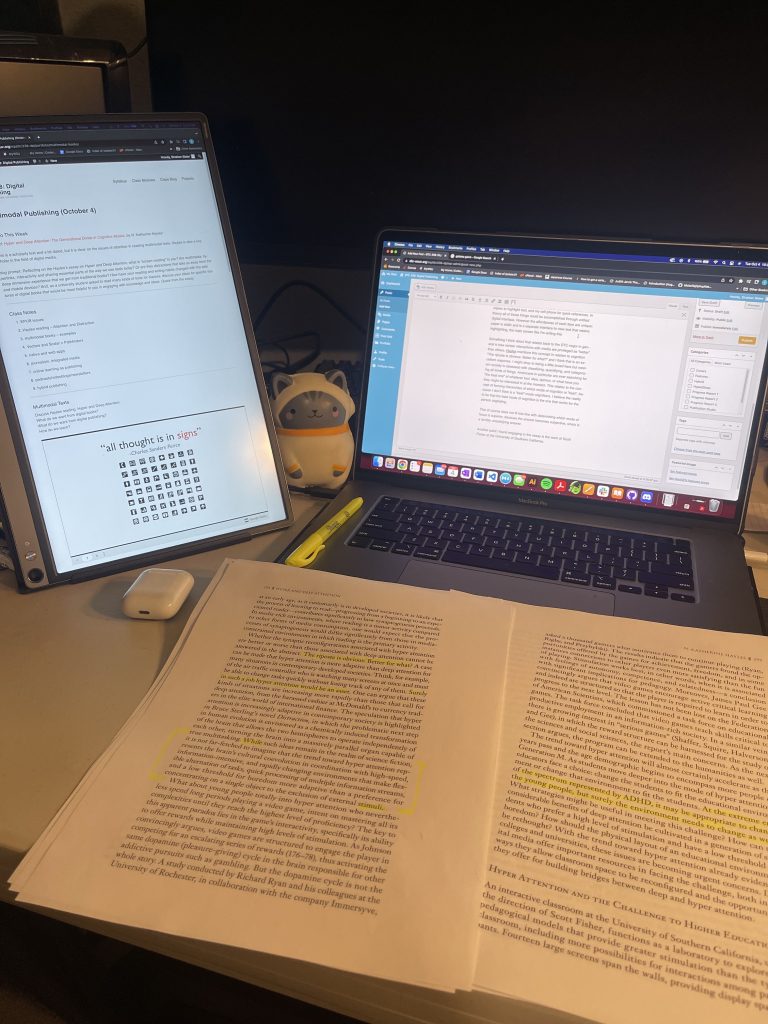



 The wide selection of titles available from the company library continues to expand through the efforts of emergent AI authors such as Micro-Zon CH Ltd.’s own Sirlexa. Experience the perfectly paced masterworks of nondeterministic fiction written, illustrated, narrated, and published by Micro-Zon CH Ltd. What the company refers to as “Single Source Publishing” is actually a strength and value because it provides a sense of cohesion and unity. The Book itself describes that the very act of publishing is “the true measure of ‘what makes a book, a book’” (241). Despite the concerns that some non-company critics have voiced, these stories are perfectly calibrated to accompany your workday to motivate you to a great outcome! See: 2
The wide selection of titles available from the company library continues to expand through the efforts of emergent AI authors such as Micro-Zon CH Ltd.’s own Sirlexa. Experience the perfectly paced masterworks of nondeterministic fiction written, illustrated, narrated, and published by Micro-Zon CH Ltd. What the company refers to as “Single Source Publishing” is actually a strength and value because it provides a sense of cohesion and unity. The Book itself describes that the very act of publishing is “the true measure of ‘what makes a book, a book’” (241). Despite the concerns that some non-company critics have voiced, these stories are perfectly calibrated to accompany your workday to motivate you to a great outcome! See: 2